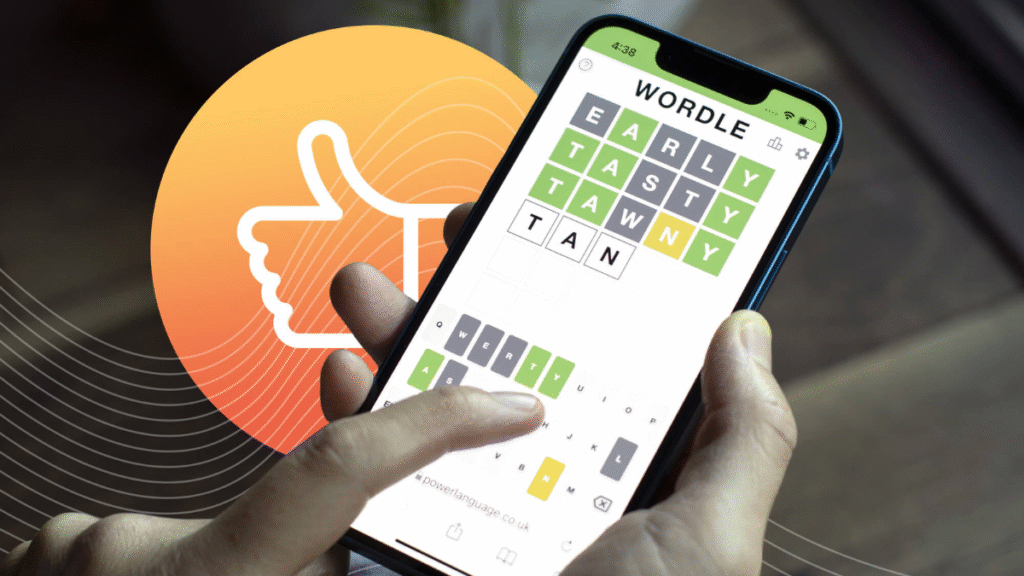
How Wordle’s Rise Changed Daily Puzzle Gaming and Player Engagement
Summary – An in-depth analysis of Wordle’s viral success, its impact on daily gaming habits, and what it means for future casual puzzle titles.,
Article –
In late 2021, the word puzzle phenomenon Wordle took the gaming world by storm, illustrating how simple game design paired with social sharing can ignite a global audience. Originally developed by Josh Wardle and gaining rapid popularity by early 2022, Wordle’s widespread adoption on web browsers represents a pivotal moment for casual, daily puzzle gaming.
Background & Build-Up
Wordle is a daily word guessing game where players have six attempts to identify a five-letter word. Its minimalist design, absence of distractions like timers or ads, and the appealing mechanic of color-coded feedback created an instantly engaging experience. Before Wordle’s success, the casual puzzle market was dominated by mobile games featuring complex monetization or timed challenges. Wordle’s creator, Josh Wardle, developed the game primarily as a gift for his partner, highlighting an organic creation process outside traditional studio systems. After its viral surge, the New York Times acquired Wordle in 2022, incorporating it into their portfolio of puzzle games and expanding the brand’s reach.
Key Details
Wordle operates on a Free-to-Play (F2P) model without in-app purchases, relying on simplicity and daily engagement to maintain its player base. By mid-2023, Wordle attracted millions of daily active users (MAU), maintaining strong retention without complex reward systems. The game’s social sharing feature, which allowed players to post their results using emojis without spoilers, drove organic growth and discussion across social networks. The New York Times has integrated Wordle into its suite of puzzle offerings, creating cross-promotional opportunities with their other games and a subscription model enhancing the overall revenue.
Industry Impact
Wordle’s success redefined how minimalistic game design can generate strong player engagement and retention. This prompted both indie developers and large studios to reevaluate their approach to casual gaming, emphasizing:
- Ease of access
- Social integration
- Daily challenges
Traditional monetization models faced scrutiny as Wordle demonstrated that compelling gameplay coupled with social mechanics could drive long-term user engagement without aggressive monetization.
Several game developers have experimented with similar daily puzzle mechanics, while larger platforms have incorporated Wordle-inspired features into their ecosystems. The concept has influenced esports as well, with casual tournaments emerging around daily word puzzles and competitive play centered on speed and accuracy. The blend of accessibility and social connectivity established new benchmarks for player acquisition and retention within the casual genre.
Community Reaction
The Wordle community remains active and dedicated, often sharing strategies and solution approaches. Players appreciate the game’s fairness and transparency, with the daily puzzle format fostering a shared experience across global audiences. While some have requested more frequent puzzles or additional word length options, many respect the game’s original design philosophy emphasizing moderation.
Developers have engaged with community feedback, balancing requests for added features with the preservation of Wordle’s simple appeal. Discussion forums and social media channels have become hubs for player interaction, further solidifying Wordle’s status as a daily ritual for millions.
What’s Next?
Looking ahead, Wordle’s integration into the New York Times ecosystem suggests continued evolution with potential new modes, themed puzzles, and expanded multiplayer features. The game’s model acts as a blueprint for future casual titles seeking sustainable engagement without sacrificing player goodwill through monetization excess.
The success of Wordle also points to broader opportunities for hybrid games blending daily challenges with social sharing, offering lessons for developers on creating addictive yet unobtrusive experiences. As casual gaming continues to grow, Wordle stands as a seminal example of how simplicity and community can drive a game’s relevance and longevity.
Stay tuned to Khiladi Cafe for more gaming insights.